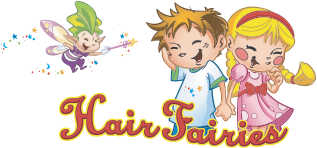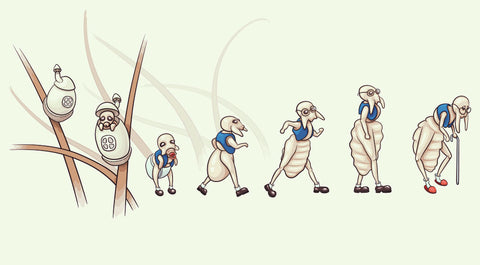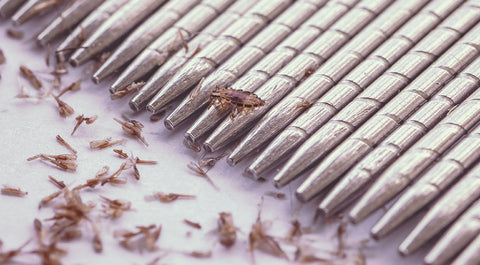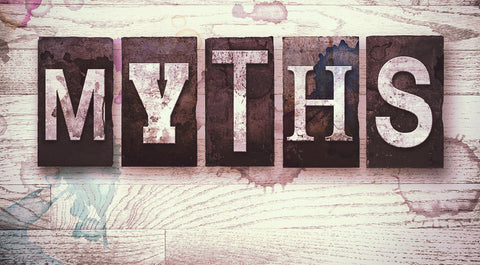One four-letter word that every parent dreads hearing is lice. Though they may only be about the size of a sesame seed, lice have the potential to cause you and your family some big problems. A lice infestation can go from mild to out of control in a matter of days, so it is important to address the issue as soon as you become aware of it. And when it comes to lice control, knowledge is power. Lice are not inherently dangerous, and they do not spread disease on their own, but they can cause intense itching and irritation. Add to that the fact that repeated scratching can break the skin, inviting the risk of secondary infection and you can see why it is important to get an infestation under control quickly. Unfortunately, many people believe common myths and misconceptions about lice, which leads to ineffective treatment and prolonging of the problem. If you find yourself dealing with a lice infestation, you need to start with the basics – figuring out the root cause. One incredibly underrated way of doing that, and dealing with the problem quickly and effectively, is to understand the life cycle of lice and how they are transmitted.
Understanding the Life Cycle of Lice
Though lice can be transmitted through contact with shared clothing or belongings, lice cannot live for a day or two away from a human host. Understanding this fact and learning about the life cycle of lice is essential for effective lice control. Lice go through three stages of life: egg, nymph, and adult. Lice eggs are also called nits and they are very small and difficult to see. Adult lice lay their eggs at the base of the hair shaft near the scalp and, because the eggs are tiny and light-colored, they are easy to confuse for dandruff. The eggs take about 1 week to hatch (anywhere from 6 to 9 days) at which point they are called nymphs. After an egg has hatched into a nymph, the eggshell turns a dull yellow color and remains attached to the hair. The nymph itself looks like an adult louse but is much smaller, about the size of a pinhead. Nymphs go through three separate molts to become adult lice over a period of about 7 days. In adulthood, lice are about the size of a sesame seed. They are grayish-white to tan in color, have six legs, and can start producing at a rate of about 8 eggs per day. Adult lice live for about 30 days, as long as they are able to feed on human blood several times each day.
How Do Lice Infestations Happen?
Head lice, or Pediculus humanus capitis, are tiny insect parasites that feed on human blood. Scary as that may sound, they are actually quite harmless. Aside from the irritation caused by the bite itself, lice cause no physical health problems. When the itching becomes intense, however, it is possible to scratch so much that you damage the skin and open yourself to the risk of secondary infection. Even in their adult stage, lice are incapable of jumping or flying. The only method of transmission is through direct contact with an infested person or with clothing or other belongings that carry lice. Direct head-to-head contact is the most common way to get lice. This can happen during play at home or at school. It can also occur during sports games, after-school activities, slumber parties, and the like. It is less common for lice to be transferred through shared clothing or belongings, but it can happen. Lice can be shed on clothing like hats, scarves, or coats as well as hair care accessories like combs or brushes. Contact with these items may result in transmission.
Fool-Proof Method for Lice Treatment
If you suspect that someone in your family has lice, the first step is to confirm the infestation. Using a Nit-Zapping Lice Comb, separate the hair into sections and check the four major areas of the head:
- The front of the hairline
- Behind the ears
- The crown of the head
- Back of the neck
- Completely wet down the hair and apply a quarter-sized dollop of Nit-Zapping Clenz Cream to the entire head, working it into the hair and scalp.
- Use the Nit-Zapping Lice Comb to remove as many lice and nits as you can, starting at the front and moving to the back of the head while keeping the comb flat against the skull.
- After moving front to back, work your way across the scalp side to side then back to front.
- Wipe the comb free of lice and nits every few strokes using a white towel so you can monitor your progress.
- Be sure to keep the hair wet throughout the entire process and reapply cream as needed – keep going until you are no longer removing any lice.
- Once finished, apply Nit-Zapping Clenz Prevention Oil to the scalp two to three times per week for long-lasting lice protection.




Comments (0)
There are no comments for this article. Be the first one to leave a message!